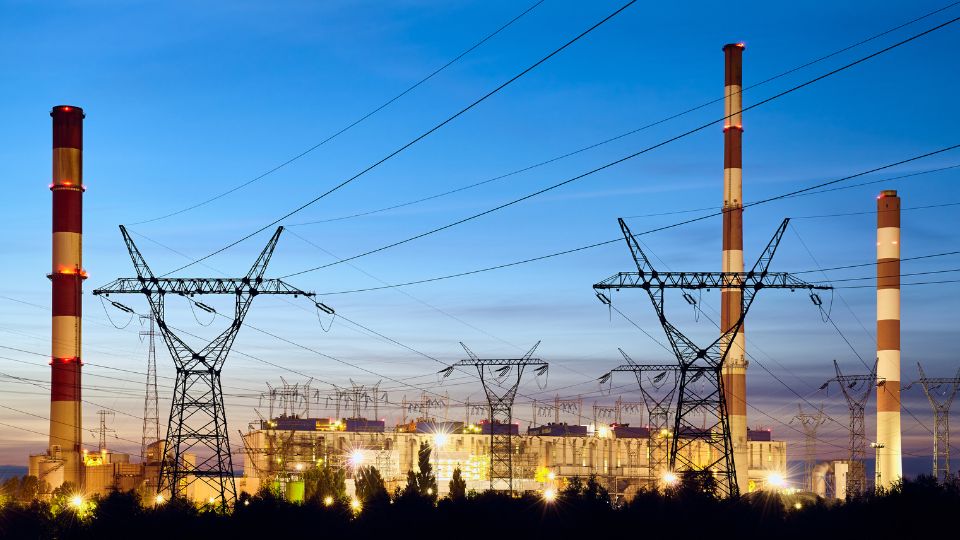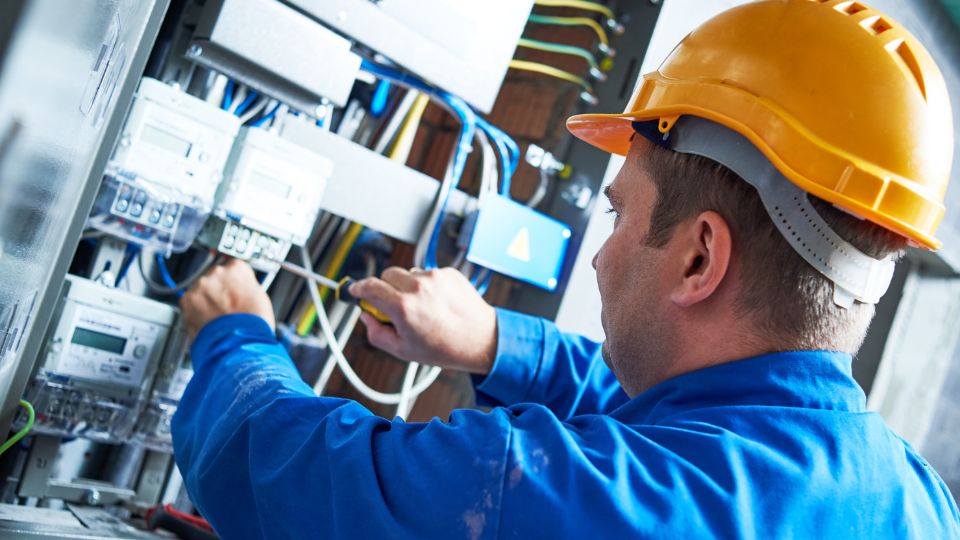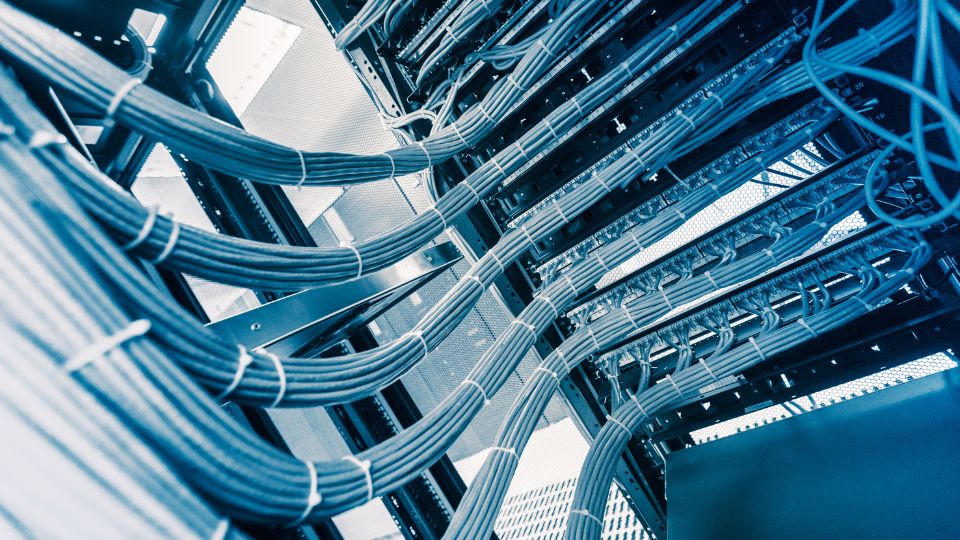Behind every smart building’s impressive features – from automated lighting and advanced security systems to high-speed networks – lies an intricate web of low voltage cabling. While often overlooked, this fundamental infrastructure is what transforms ordinary buildings into intelligent, efficient, and future-ready spaces.
The Revolution Beneath Your Walls
The modern workplace isn’t just about computers and phones anymore. Today’s buildings are complex ecosystems of interconnected systems that depend entirely on low voltage cabling. Every time you scan your badge to enter the building, adjust the temperature in your office, or join a video conference, you’re relying on low voltage systems working seamlessly behind the scenes. These systems have become so integrated into our daily work lives that we rarely think about the infrastructure supporting them – until something goes wrong.
Understanding Low Voltage Cabling
Low voltage systems typically operate at 50 volts or less, making them inherently safer and more efficient than traditional high-voltage electrical systems. This lower voltage requirement translates into significant advantages for building owners and operators, including reduced energy costs and simpler maintenance procedures. The flexibility of low voltage systems also means they can be modified and upgraded more easily as technology evolves.
Essential Types of Low Voltage Cables
• Structured Cabling
- Category 5e
- Category 6
- Category 6a
- Category 7
- Category 8
• Coaxial Cable
- RG-6
- RG-11
- RG-59
• Security and Control Cables
- Fire alarm cables
- Access control cables
- Security camera cables
- Audio cables

The Impact on Modern Buildings
The influence of proper low voltage infrastructure extends far beyond basic connectivity. In today’s smart buildings, low voltage systems form the foundation of enhanced user experiences and operational efficiency. A well-designed low voltage network enables lightning-fast internet speeds and seamless communication while supporting sophisticated building automation systems that optimize energy usage and maintain security.
When it comes to energy efficiency, low voltage systems play a crucial role in reducing a building’s environmental footprint. Smart lighting controls and HVAC systems, powered by low voltage infrastructure, can automatically adjust based on occupancy patterns and environmental conditions. This intelligent automation not only reduces energy consumption but also contributes to significant cost savings over time.
Security integration has become increasingly sophisticated thanks to advanced low voltage systems. Modern buildings now feature comprehensive security solutions that include high-definition video surveillance, biometric access control, and emergency communication systems. These integrated security measures provide peace of mind while streamlining operations and reducing the need for manual monitoring.
Future-Proofing Your Infrastructure
Planning for the future is crucial when designing low voltage systems. The rapid pace of technological advancement means that today’s cutting-edge solutions might become tomorrow’s basic requirements. A forward-thinking approach to infrastructure design should consider not only current needs but also potential future applications and expansion possibilities.
Scalability remains one of the most critical aspects of future-proofing. Your infrastructure should have the capacity to handle increased bandwidth demands and support new technologies as they emerge. This might mean installing additional conduit pathways or choosing higher-grade cables that can accommodate faster data transmission speeds.

Essential Best Practices for Installation
• Design Considerations
- Proper cable selection
- Pathway planning
- Space allocation
- Load calculations
- Future capacity
• Installation Standards
- Industry compliance
- Cable management
- Proper labeling
- Testing protocols
- Documentation requirements
The Value of Quality Infrastructure
The return on investment for quality low voltage infrastructure manifests in numerous ways. Immediate benefits include faster network speeds, more reliable connections, and reduced downtime. These improvements directly impact productivity and user satisfaction, creating a more efficient and comfortable work environment.
Energy savings represent another significant advantage of well-designed low voltage systems. Modern building automation systems can reduce energy consumption by 20-30% through intelligent control of lighting, HVAC, and other building systems. These savings add up quickly, often justifying the initial investment in quality infrastructure within just a few years.
Property values also benefit from proper low voltage infrastructure. Buildings with modern, well-maintained low voltage systems command higher rents and attract quality tenants who understand the importance of reliable technology infrastructure. In today’s competitive real estate market, this can provide a significant advantage over properties with outdated or poorly maintained systems.
Implementation and Maintenance
Successful implementation begins with a thorough assessment of current and future needs. This process should involve stakeholders from all relevant departments, including IT, facilities management, and business operations. Their input helps ensure that the final design meets both technical requirements and business objectives.
The design phase requires careful attention to detail and consideration of various factors such as cable routing, equipment specifications, and integration with existing systems. Professional designers use sophisticated tools to create detailed plans that maximize efficiency while minimizing potential conflicts with other building systems.
Installation quality can make or break a low voltage system’s performance. Experienced installers understand the importance of proper cable handling, termination techniques, and testing procedures. They follow industry standards and best practices to ensure that the system will perform reliably for years to come.

Maintaining Your Investment
Regular maintenance is essential for ensuring the longevity and reliability of low voltage systems. This includes periodic inspections, performance testing, and prompt attention to any issues that arise. Proper documentation of maintenance activities helps track system performance over time and identify potential problems before they become serious.
When issues do occur, having established troubleshooting procedures can minimize downtime and reduce repair costs. Training staff in basic troubleshooting techniques can help resolve minor issues quickly, while maintaining relationships with qualified service providers ensures prompt assistance for more complex problems.
Conclusion
Low voltage cabling may be hidden behind walls and above ceilings, but its impact on modern buildings cannot be overstated. As technology continues to evolve and smart building capabilities expand, the importance of a well-designed and properly installed low voltage infrastructure becomes increasingly critical.
Investing in quality low voltage cabling isn’t just about meeting today’s needs – it’s about building a foundation for tomorrow’s innovations. Whether you’re constructing a new building, renovating an existing space, or planning for future upgrades, the decisions you make about low voltage infrastructure will impact your property’s functionality, efficiency, and value for years to come.
Ready to optimize your building’s low voltage infrastructure? Contact us today for a comprehensive assessment and discover how proper low voltage cabling can transform your space into a smart, efficient, and future-ready environment.

